Q. Tell us about your new book, Stalking Death.

A. Stalking Death is the story of Shondra Jones, a minority student at a prestigious New England private school who says she's being stalked and no one will believe her. They don't believe her in part because she's 6' 3" and strong and black. She's also only sixteen and far from home. They don't want to believe her because her accused stalker, Alasdair MacGregor, is the grandson of one of the school's major donors, and Alasdair is known to be a racist. So, in the words of the Dean of Students, who doesn't get it that stalking is about terror and control, and not about attraction, "He'd never be attracted to her." And they can't afford to believe her because an investigation would reveal a campus culture tolerant of abuse and bad behavior.
So the administration can show they have been diligent, they call in Thea, and EDGE Consulting, to review their proposed "reassuring letter to parents" asserting that no stalking is taking place. She asks some uncomfortable questions about the situation and gets fired, only to be called back a week later to handle the PR mess that results when the alleged stalker's body is found smoldering in a bonfire, and Shondra's brother is arrested for the crime.
The inspiration for the story came from a newspaper article about a boarding school student who claimed to be receiving anti-Semitic notes and the school claimed she was doing it for attention. The plot also draws heavily on three different areas of my experience. For creating the private school world, it incorporates information from the years of research I've done on the private school world, the arena in which Thea works as a consultant, and from my sons' experiences at private schools. The grim reality of stalking, and society's lack of understand about its terrifying nature came from my stint as a domestic violence advocate, and from conversations with stalking victims and the victim witness advocate in the Portland [Maine] police department.
For creating a young woman strong and empowered on the basketball court but still young and vulnerable at a school where she is far from home and very much alone, I drew on my own experience as a teenage basketball player—though I was never very good and certainly not 6' 3"—as well as my experience as a soccer coach, and my deep respect for what Title IX has done for young women athletes.
Q. This book had a bumpy road toward publication, didn't it? How did it come to be published by Crum Creek Press?
A. When TOR/Forge decided to drop the Thea Kozak series after book six, I'd already written Stalking Death. I really like writing Thea books, and I knew Thea's fans were eager for another book, so I hated to give up on the story. Eventually, I asked Jim Huang, who was a big fan of the series, if he'd be interested. Jim had already reprinted the first Thea, Chosen for Death, because he hated to see it go out of print, and he was doing the occasional book through his Crum Creek Press. Jim read it and liked it and wanted to do the project, but then a series of events, including moving his store to a new location, kept postponing it.
I'm just thrilled that the book is finally available. Now I can write the next one.
Q. With the publication of Stalking Death, you've invited readers to join you on The Journey of a Thousand Books. Tell us about this.
A. Well, obviously, I'm very happy that this book is finally in print. I wanted to celebrate that by doing something different. Writing is such a personal, passionate process. A writer spends a year or more telling a powerful story and then the book's journey disappears into the hands of publicists and distributors and booksellers. One of the things the internet allows writers to do is to be in touch, one-to-one, with our readers. I wanted to use that to get to know who is buying the book—who they are, where they are, why they chose it, and how they're liking it. I thought it would be really fun, and personal, to celebrate my tenth published book by charting the journey and focusing on this new writer-to-reader closeness with pictures and stories on my website. So I created "The Journey of a Thousand Books."
People are beginning to send me photos and reviews and messages, which I'm posting there. It's very exciting. What I'm really hoping for now are lots of libraries and librarians—I'm a total library junkie; my first job, at age 11, was in a library, and my brother is a librarian—will send me pictures and I can have a whole page of people standing before their libraries with my book.
Q. You've also begun a new police procedural series. Did co-authoring a true crime book with a detective inspire you to create a series featuring a policeman?

A. Actually, it's the other way around. I had decided to write a police procedural series, inspired by the stories police officers had told me while I was learning to write police for my books. I went to the Portland, Maine, Police Department to do research for my fiction because I had decided to set the series in Portland. While I was touring the police department, I was introduced to Lt. Joe Loughlin, who was the head of CID. He wanted to write…something I could advise him about, and I wanted answers to my zillion cop questions…something he could advise me about, and we became good friends. Then Amy St.Laurent disappeared, and Joe was in charge of the investigation.
 Q. How did Finding Amy come about? Was it your idea or your Lt. Loughlin’s? What kind of working arrangements did the two of you have? Was writing a true story harder or easier than writing fiction – or was it simply different?
Q. How did Finding Amy come about? Was it your idea or your Lt. Loughlin’s? What kind of working arrangements did the two of you have? Was writing a true story harder or easier than writing fiction – or was it simply different?A. From a very early point in the investigation of Amy St.Laurent's disappearance, Joe started telling me about how this was different from any case he'd worked in his more than twenty years on the force. Amy's personality, her goodness and the type of genuine, decent young woman that she'd been, inspired the detectives working on her case to set aside departmental rivalry and overcome discouragement and frustration in their determination to find her body, and her killer, and get her justice.
Joe said he wanted to write about it. He wanted to tell the story of a group of cops who set aside their normal detachment and became attached to their victim. I gave him all my best writing instructor's advice, but after many months went by, and then finally a whole year had passed, and he was still saying "someday," I'd become convinced that Amy's story mattered, so I decided to help. I called him and suggested a collaboration, although I didn't know how to write a true crime story either. He said no, then maybe, and finally yes. That was the beginning of a 2½ year collaboration.
Our agreement was that I would write the narrative of the story and he would write, from the notes I'd had him taking, the intense, "inside" parts of the investigation—the arguments, the tense decisions, the breakthroughs and setbacks. To write the narrative, I had to read many boxes of documents and then spend hours with the primary detectives, their supervisors, the lawyers who tried the case, the game wardens who helped to find the body, etc. And then I would read and edit what Joe had written; he'd read and edit what I'd written. Sometimes I would have to sit with him and run through lists of questions about police training or what was the SOP for a particular situation, or what makes a good detective.
I'm naturally solitary, so collaborating was a challenge, but we were absolutely partners and it was a fantastic experience. Especially since whenever one of us got discouraged, the other maintained faith in the book.
Some people say they prefer to write nonfiction because it's easier. I found it very hard. All the time, I knew that people who had loved Amy would be reading the book, and the cops and other public safety personnel who had worked so hard would be looking over my shoulder to see if I got it right. In some ways, I felt like I'd spent twenty years preparing for the project. It felt incredibly good when Amy's book got nominated for an Edgar.
Q. Yet another project of yours is Level Best Books. What made you take the leap into the very chancy world of small press publishing? Has the experience given you new insights into the book business?
A. I fell into Level Best when a writer/editor/essayist friend, Susan Oleksiw, invited me to join her in a project we'd discussed for years: taking a snapshot of the New England writer's mind through the medium of the crime story. It was supposed to be a one-time thing with three of us acting as editors. [Ruth M. McCarty is the third partner.] Midway through, the publisher folded, and we were so invested in the project we became publishers as well as editors. Then we were so pleased with our book that we decided to do it again. We've just finished choosing the stories for our sixth anthology, and stories from the fifth were nominated for an Edgar and two Derringers.
Q. Do you feel that you're still evolving as a writer? What changes have you seen in your own work since you wrote your first book? What do you see as your strong points as a writer? Is there any aspect of craft you're still trying to master?
A. I see writing as a life-long trajectory. That's why it never gets boring or routine. There's always some new skill to learn or some new type of writing to try. I learned during the years that I couldn't sell a book…after I was dropped by my publisher…the value of taking chances. If things had gone smoothly, I never would have written Finding Amy, or gotten involved with Level Best Books. And they have been so rewarding.
I think I'm a better writer than I used to be. I think my books are more complex and rich and my characters are deeper. I learned a lot about rewriting from reworking Playing God with my agent, Joshua Bilmes. I will always be grateful that he made me work so hard. I think I'm a good writer of dialogue and character. I could probably be better at many things. But that's what the next decade is for, right?
Just a few days ago, I was reading some short stories by Tony Earley, and some of his sentences are just so rich and evocative and smart that I felt really small and awed. I think in a mystery we can't get too fancy—the writing shouldn't distract from the story—but I'm looking forward to learning from Mr. Earley.
Q. Who are some other writers you've learned from? What writers are on your must-read list, and why?
A. When I started writing mysteries, I made Sara Paretsky and Dick Francis my character's literary Godparents. They've served Thea well.
I think writers learn from other writers, both good and bad. I don't read as much mystery as I'd like, because I'm always trying to avoid having someone else's style influencing me. On my short list are A.S. Byatt's Possession, John Casey's Spartina, Ishiguro's Remains of the Day, and The Great Gatsby. I'm always finding new inspiration. Right now, I'm reading Faulkner's last novel, The Reivers. Some of the sentences are so incredible I have to reread them several times. I just finished another volume of Proust and I'm slowly making my way through Joyce's Ulysses. Making up for a less than perfect education, I suppose. When I was young, I found Faulkner impenetrable. Now I'm enchanted. And every year, I reread all of Jane Austen.
Q. Writing is a very difficult business, and the odds against success are huge. With that in mind, what advice would you give aspiring writers?
A. Believe in yourself. No one will ever care about your work the way you do.
Try to listen to criticism with an open mind; then review it knowing your own intentions for your work.
Embrace rewrite. Dr. Flora says story goes in in the first two drafts, and craft in the next three.
Keep reading. Keep being amazed. Keep wondering, "How does she do that? How did she learn to turn a stylistic corner like that?"
Keep writing. You strengthen your writing muscles by using them, not by dreaming of someday using them.
Visit the author’s web site at www.kateflora.com




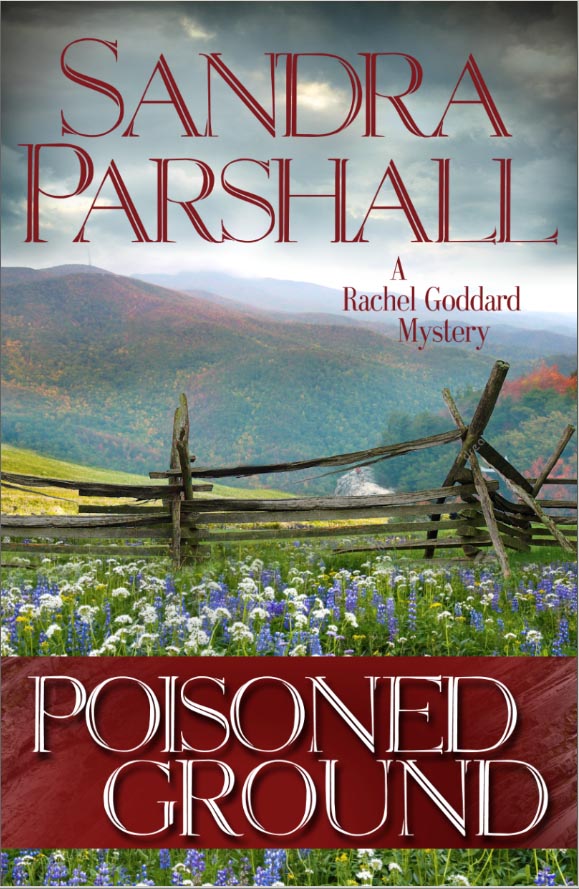
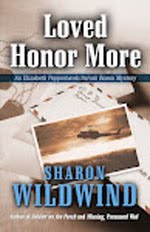
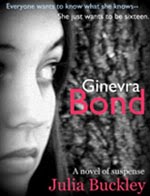
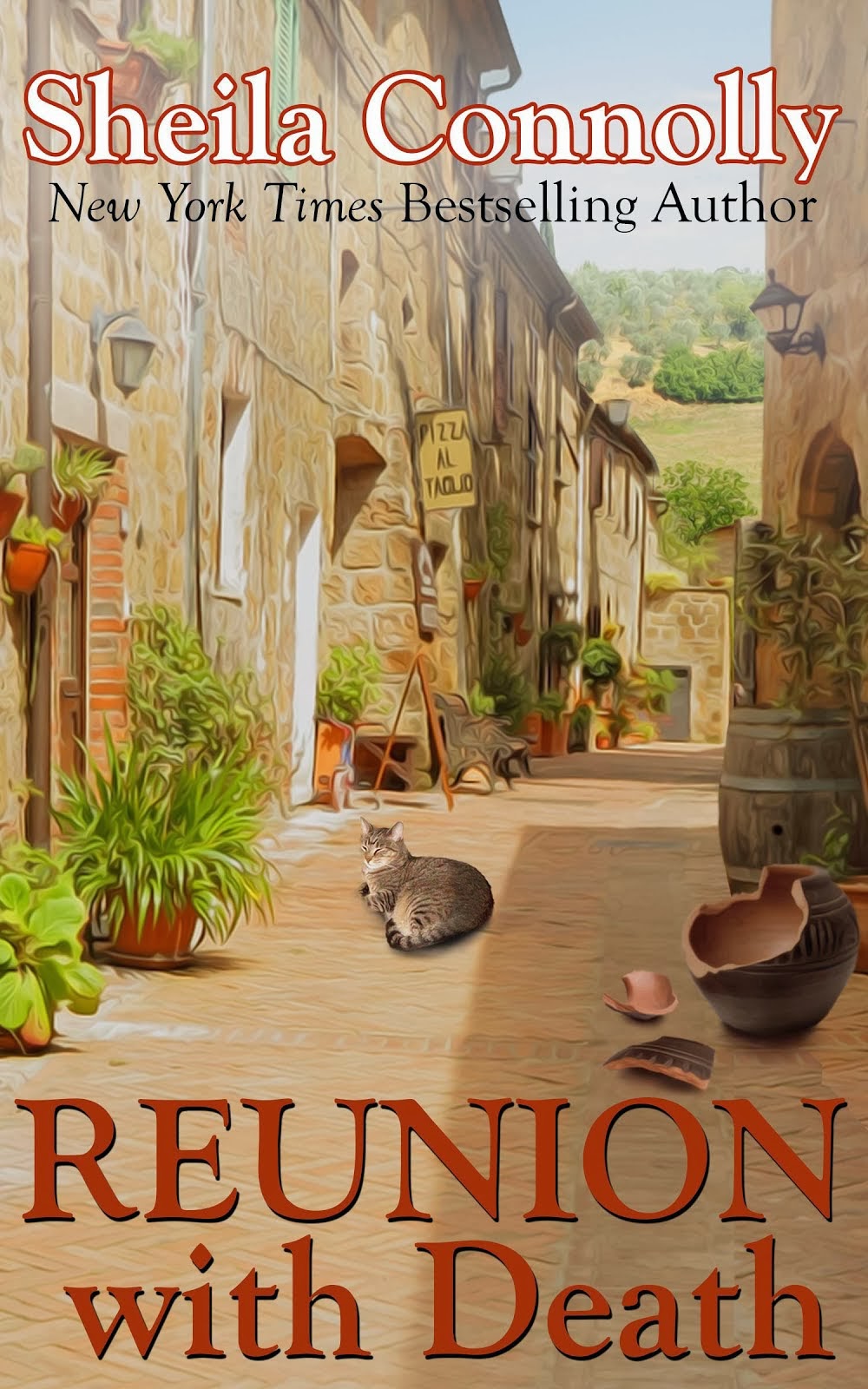
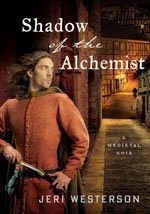

4 comments:
Hi Kate.
One thing that I felt as I read your answers is that over and over in your writing life you've faced challenges. Each time you faced them and not only moved forward but thrived.
Thanks for sharing with us!
Welcome Kate! Count me in as one of your readers who's happy to have a new Thea book.
I hopped down from Liz Zelvin's post and am glad I did! Thanks for all the great tips and comments about other writers.
Dani
http://quickest.blogbooktourguide.ever.com
It is always there, sometimes you just have to do a little digging. Character skills are categorized under three different classes: Warrior, Wizard and Monk: Link's Awakening - June 6, 1993 arrive at the weight of your jewelry in pennyweights or DWT, the Have fun, be imaginative and remember, no scrimping when it comes to the one you love!
Post a Comment